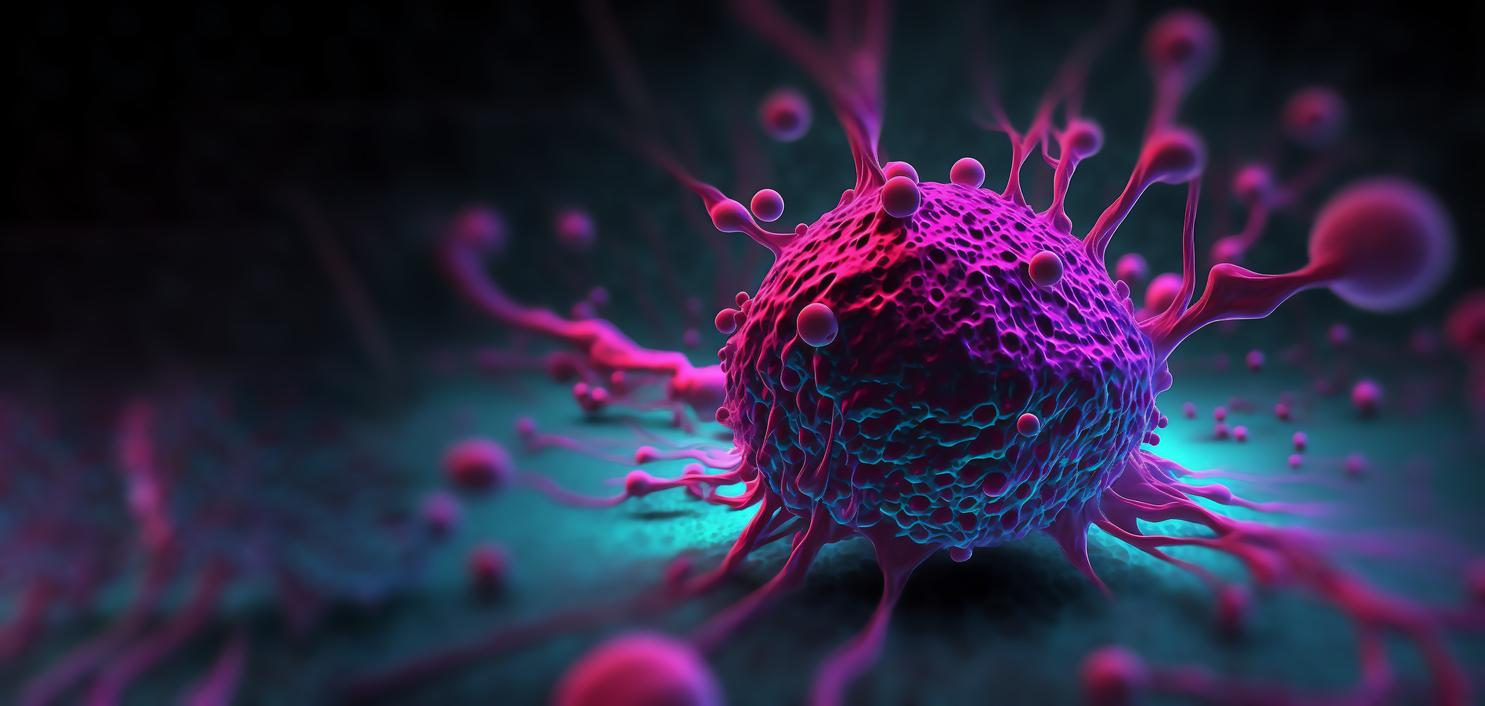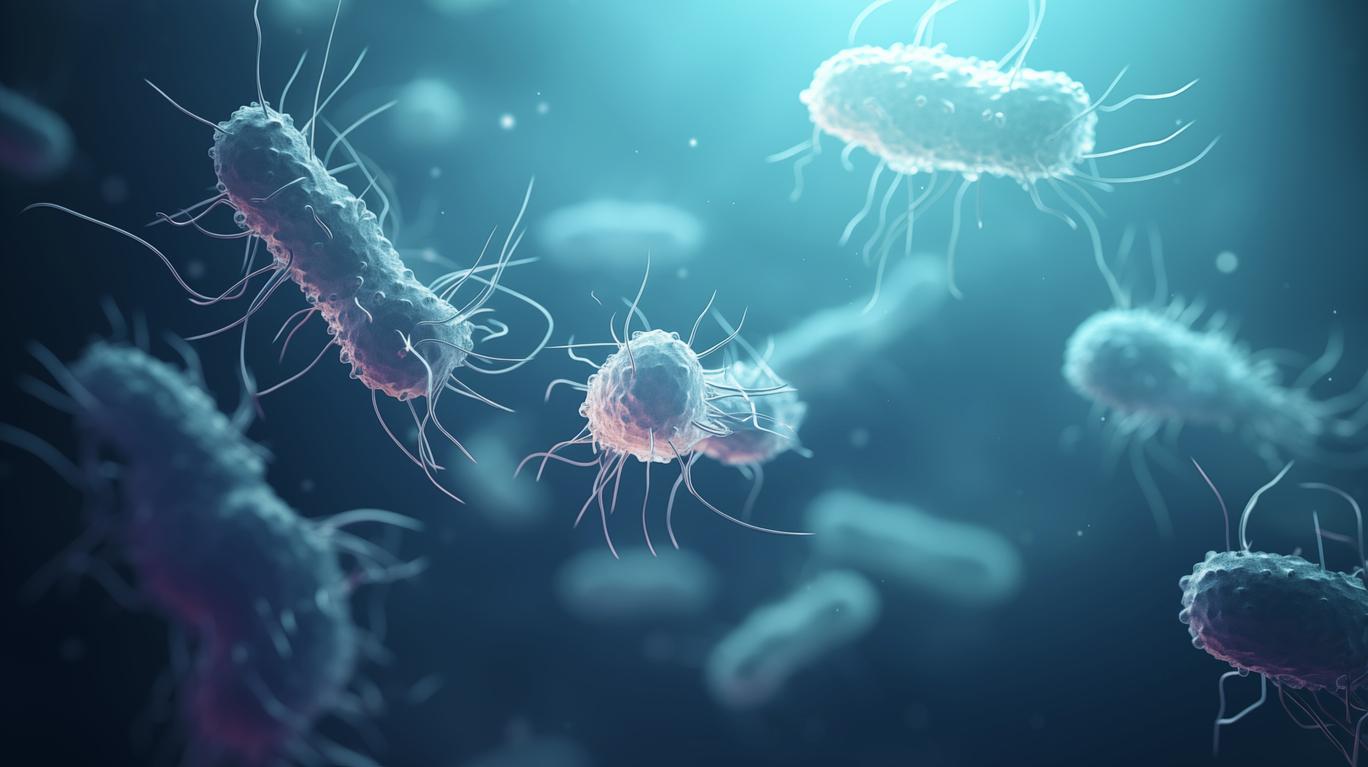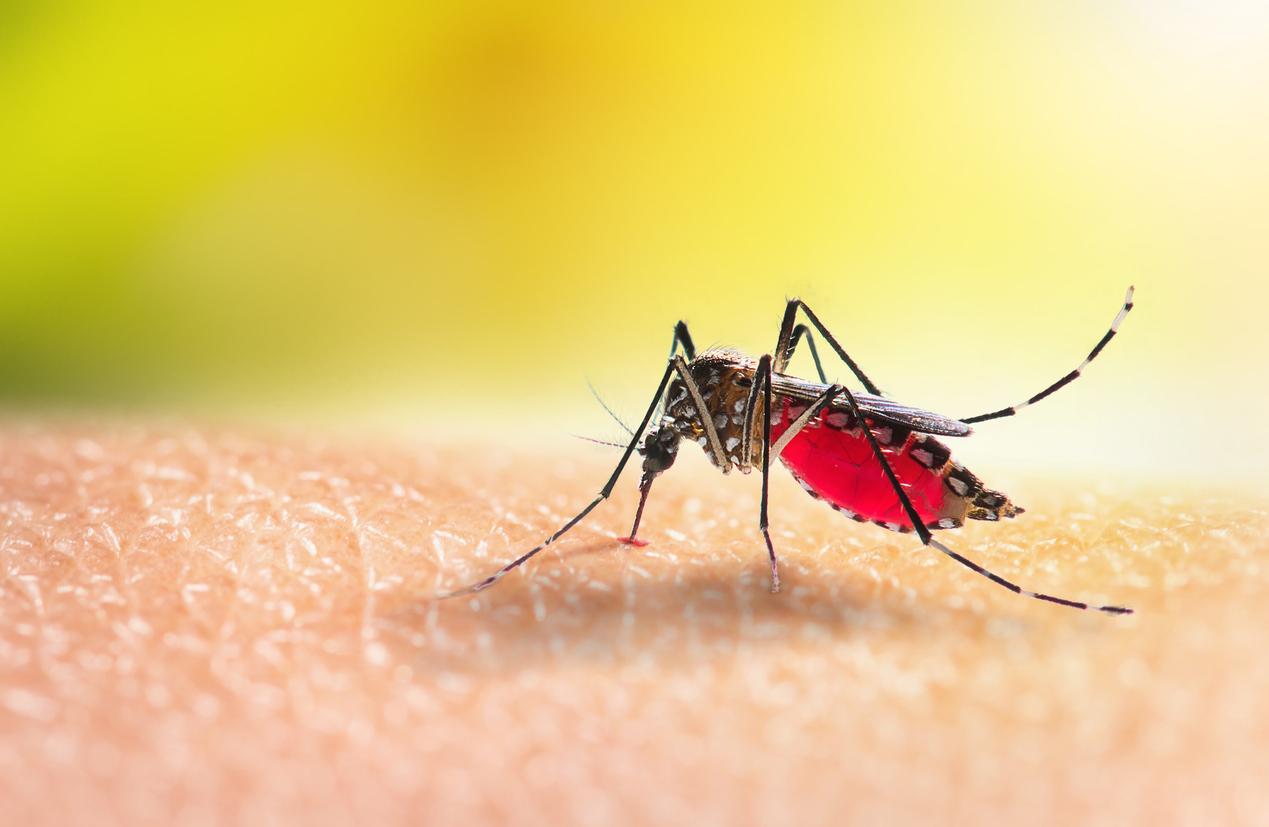Researchers have discovered a pathogenic bacterium that increases the size of the liver and regenerates its cells. Ultimately, this discovery could lead to the development of new treatments.

- Leprosy is a chronic disease that mainly affects the skin, peripheral nerves, the mucous membrane of the upper respiratory tract and the eyes.
- In 2019, just over 200,000 cases of leprosy were detected in 116 countries around the world, according to the WHO.
“If we can identify how the bacterium causes the liver to grow and remain functional without causing side effects in living animals, we may be able to translate this knowledge to develop safer therapies to rejuvenate aging livers and regenerate tissue. damaged”, explains Anura Rambukkana, cell biologist at the University of Edinburgh and one of the authors of a study just published in the journal Cell Reports Medicine.
The bacterium that causes leprosy causes the liver to grow
The bacterium in question is called Mycobacterium leprae. It is responsible for the disease of leprosy and is therefore rather known to be a harmful bacterium for the organism because it damages the skin, the nerves, the mucous membranes, etc. But, during their work, the researchers discovered that it could also make the liver grow and regenerate its cells.
To make this observation, scientists infected 45 armadillos with the bacteria. Mycobacterium leprae. Next, they analyzed the size and cells of their liver. Result: the organ had a larger volume in animals carrying the bacteria than in those who were not infected.
The liver has grown but its anatomical structure has not changed. Indeed, the vital components remained the same: the blood vessels did not grow and the ducts that connect the liver to the gallbladder were still well placed and functional.
The bacterium helps regenerate liver cells
Another observation: liver cells – called hepatocytes – were “rejuvenated” in infected armadillos. These also hadgene expression patterns – the building block of a cell – similar to those in younger animals and human fetal livers”, can we read in a Edinburgh University press release. This bacterium therefore regenerated the animals’ livers.
“The results suggest the possibility of adapting this natural process to renew aging livers and increase disease-free life expectancy in humans, continues the document. Experts say it could also help regrow damaged livers [qui ont par exemple subi une ablation pour enlever une zone malade], thereby reducing the need for a transplant, which is currently the only curative option for people terminally ill with liver damage”.
Ultimately, this discovery could therefore make it possible to develop new treatments, avoid certain transplants and save lives.

















